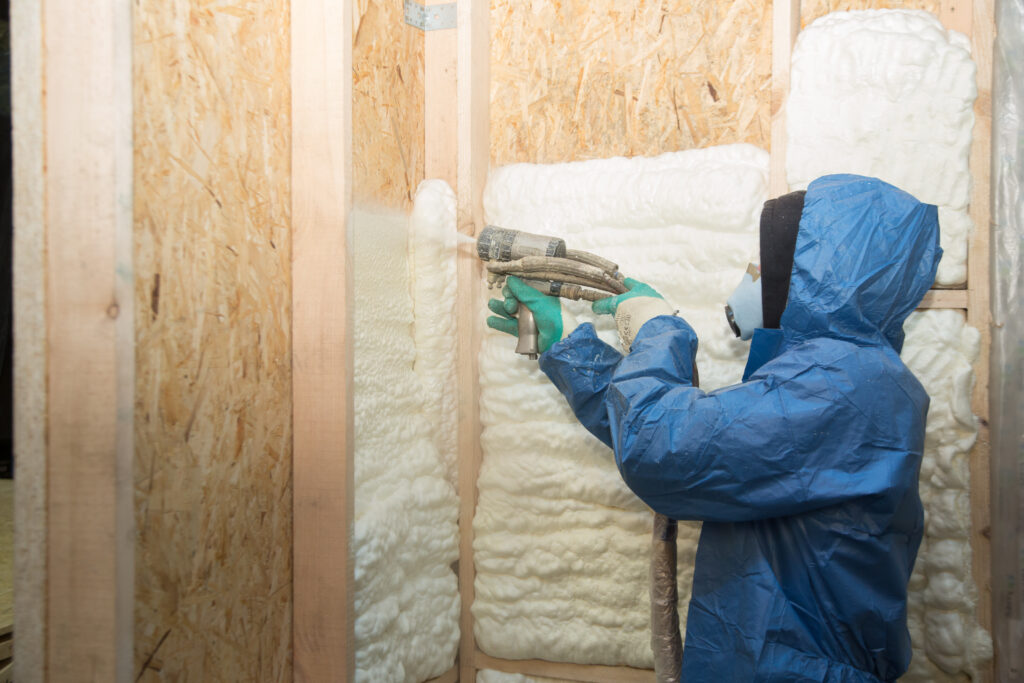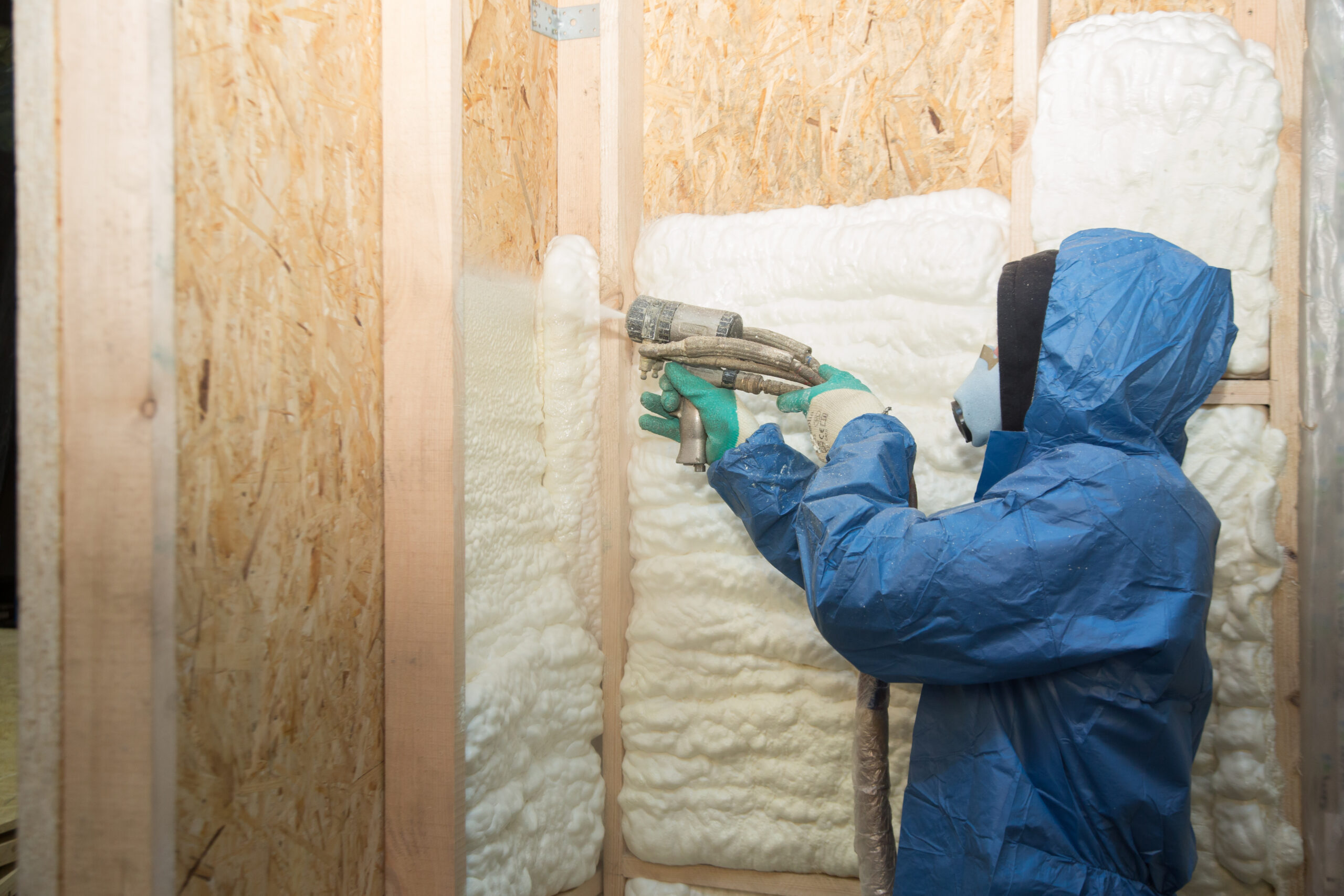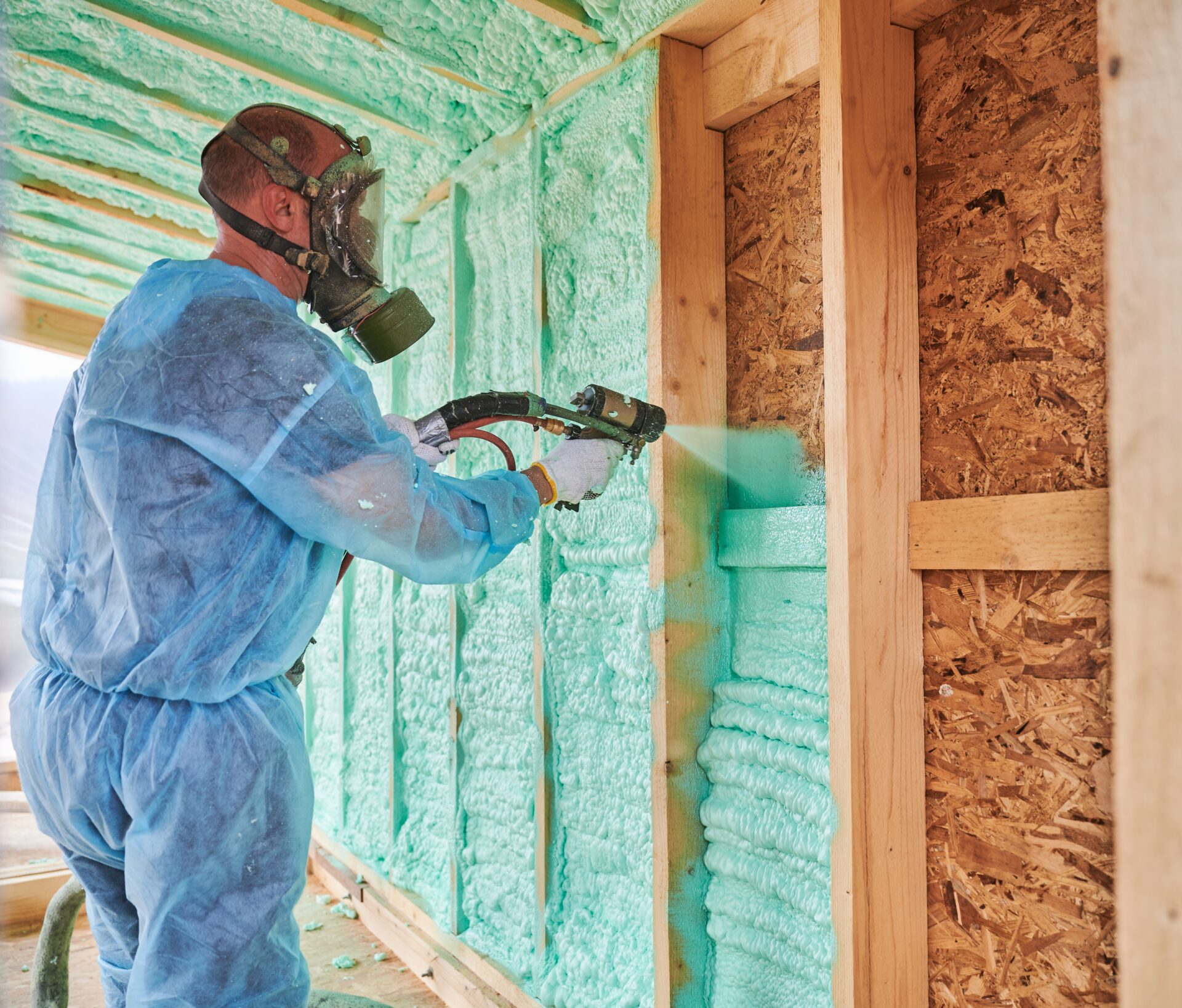Open Cell vs. Closed Cell Insulation

Spray foam insulation offers incredible durability, air sealing, and value for improving energy efficiency. It differs from more traditional materials like blanket batt insulation. Spray foam starts as a liquid. Often referred to as “plastic spray,” the material expands during application, allowing it to conform to the space’s unique dimensions.
Standard has been insulating the Mohawk Valley and Capital Region of New York for nearly a century. The team’s goal is always to provide the best possible outcome for every project, including incredible service and maximum cash and energy savings. To that end, it’s essential to always consider the right type of insulation that is best for the application. When it comes to spray foam, two primary options are available: open and closed cell.
Let’s explore open vs. closed cell insulation and compare the properties of each option to gain a better understanding of the possibilities.
What Is Spray Foam Insulation?
During application, the spray foam is created as two chemicals kept in separate tanks mix together at the tip of the applicator. When the two chemicals combine, the reaction results in a sprayable foam. As it dries, the foam not only insulates with powerful R-values, but it also provides an air barrier. This combination provides substantial energy savings, averaging 5,638 kilowatt hours (kWh) each year, as compared to homes that use other materials for insulation and air sealing.
However, not all spray foam insulation is the same. The material contains small pockets or “cells” that affect the density of the insulation and the way sound and heat transfer through the materials.
Comparing Open Cell and Closed Cell Spray Foam
Not all spray foam is suited to every application. When comparing open cell vs. closed cell insulation, you can quickly see that each one has its own benefits and properties. Although both offer dynamic insulative power and air sealing, the one that is right for your needs will depend on several factors.
R-Value Comparison
R-values are ratings that describe the material’s ability to prevent heat transfer. The higher the R-value, the more effective it is at preventing heat from entering and leaving the building.
Open cell spray foam insulation is a low-density product that has an R-value starting at 3.6 per inch. Closed cell spray foam insulation, on the other hand, offers a denser material with R-values beginning at 6.7 per inch.
Moisture Resistance
Like its name implies, open cell spray foam contains pockets of air. This makes it less dense and rigid than closed cell spray foam. It has some moisture resistance but allows moisture to move through it more readily than its closed cell counterpart. The increased density makes closed cell insulation an optimal choice for moisture resistance. It also provides an effective vapor barrier.
Soundproofing Capabilities
With its open cells of “dead air,” open cell spray foam offers improved soundproofing. It has a thicker, softer quality that halts sound from moving through it, making it an effective option for reducing sound waves. In contrast, closed cell insulation provides minimal sound dampening.
Cost Comparison
Many factors will ultimately determine the cost of your specific project. When comparing the cost of both materials, it helps to look at the average cost of the materials per board foot. This calculation is based on the amount of spray foam you need to add a one-inch layer of insulation to a one-square-foot area. Architectural Digest estimates the national average of open cell insulation to be $0.44 to $0.65 per board foot. Closed cell spray foam costs an average of $1 to $1.50 per board foot.
Ideal Applications for Each Type
Open cell insulation expands up to 100 times its volume as it moves from liquid to foam. This makes it an ideal option for insulating areas that are otherwise difficult to reach. Its sound dampening abilities also make it ideal for use in walls and ceilings.
Closed cell insulation expands far less, typically up to 33 times its initial size. This dense layer takes up less space and creates superior moisture and flood resistance. Its density can also help increase structural integrity. Closed cell insulation is ideal for use in areas with minimal space, including walls, ceilings, and foundations.

How to Choose the Right Insulation for Your Home
Both types of spray foam offer excellent air sealing and insulation power, which translates to improved comfort and indoor air quality. Each type has pros and cons and factors to consider as you make the choice.
Factors to Consider
Ultimately, the requirements of the area being insulated will guide you in your choices. Tight spaces may only accommodate closed cell foam insulation, while larger, oddly shaped areas may be better suited to open cell foam, with its greater expansion capabilities. Some of the factors to keep in mind include:
- Required R-value
- Size and dimensions of the area
- Amount of moisture resistance that is necessary
- Whether sound dampening is a significant priority
Consulting with a Professional
Consulting with professionals will help you make the best possible decision. The Standard team has been helping homeowners throughout the region choose ideal insulation materials for their projects since 1928, and we aren’t in the business of just upselling our customers. Standard is certified by the Building Performance Institute (BPI) and North American Technician Excellence (NATE). The entire team is devoted to helping homeowners and businesses achieve optimal energy efficiency and savings on energy costs.
A free consultation can give you a clearer picture of the best insulation options that are available to improve the comfort and efficiency of your property. For example, our team can also help connect you with money-saving grants and rebates like EmPower+. We have already helped thousands of income-eligible Upstate New Yorkers upgrade their home insulation at little to no cost.
Contact Standard today online or by calling 855-923-5154 to schedule a free consultation to get started.


